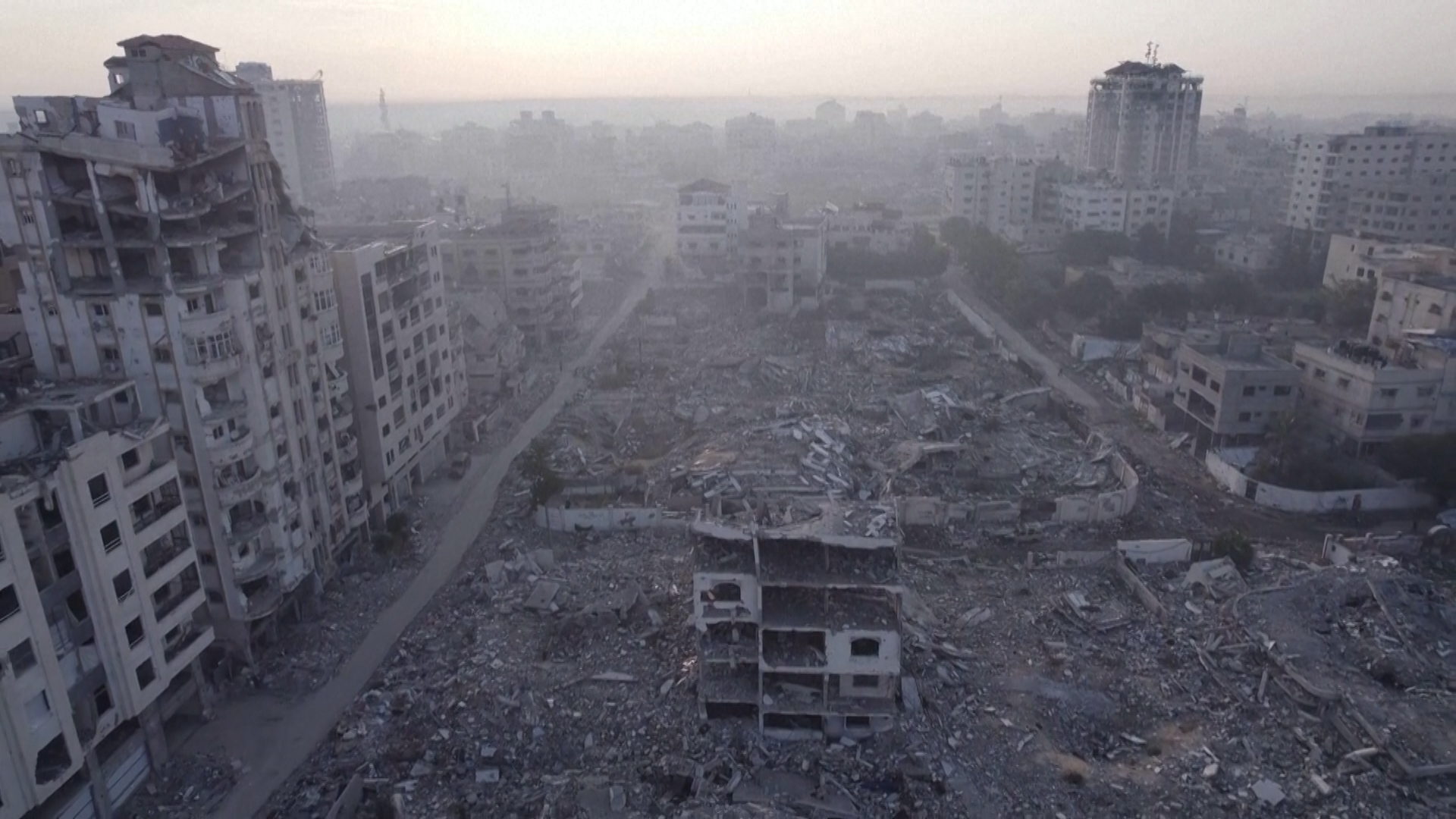The war in Gaza signifies more than a local conflict; its repercussions extend across the Middle East, influencing political alliances, economic strategies, security paradigms, and social dynamics throughout the region. In assessing the impact of the war in Gaza on Middle East stability, it is essential to consider multifaceted dimensions, each interwoven with historical grievances, contemporary power plays, and the evolving interests of regional and global actors.
Regional Political Impact
The Gaza war has led to a reassessment of diplomatic ties, both among Arab nations and between the Middle East and global powers. Traditionally, the Palestinian issue was a unifying cause for Arab countries. Nevertheless, in recent times, normalization pacts—like the Abraham Accords involving Israel, the United Arab Emirates, Bahrain, Morocco, and Sudan—seemed to divert focus from Palestine. The intensified conflict in Gaza challenged the resilience of these recently formed alliances.
For example, widespread public indignation in nations such as Jordan, Egypt, and Morocco exerted considerable pressure on their respective governments to take a more resolute position against Israel or to re-evaluate the character and extent of current agreements. Frequent high-level diplomatic engagements, urgent Arab League meetings, and continuous demands for a ceasefire highlight the persistent conflict between governmental practicality and popular advocacy.
Strengthening Non-Governmental Entities
The war has also emboldened non-state groups, such as Hezbollah in Lebanon and Houthi rebels in Yemen. These groups draw ideological and logistical connections to Palestinian factions, sometimes precipitating cross-border confrontations or missile attacks. The potential for escalation into a broader regional conflict increases as these actors leverage the Gaza crisis to further their own agendas.
Security Implications: Dangers of Intensification
Gaza’s war frequently acts as a catalyst for violence across borders. Missiles launched from southern Lebanon, drone attacks from Yemen, and border clashes in the occupied Golan Heights testify to the porous nature of regional security. Major powers like Iran play a pivotal role, providing support to Palestinian groups as well as to associated proxies in neighboring countries.
This complex network of alliances increases the danger that regional conflicts might intensify into direct clashes between nations, especially if Israeli actions trigger retaliatory strikes or if Iranian interests are jeopardized. For instance, the deployment of US troops and naval exercises in the Eastern Mediterranean aims to both prevent escalation and safeguard strategic interests, underscoring the conflict’s capacity to involve outside parties.
The Gaza war has also affected the internal security environment of countries hosting significant Palestinian populations, notably Jordan and Lebanon. Large-scale protests sometimes devolve into civil unrest, exposing fissures in societal cohesion and challenging governments’ capacities to maintain order. Security concerns can necessitate curfews, border closures, and enhanced counterterrorism operations, all of which compound regional uncertainty.
Socio-Economic Consequences and Humanitarian Pressures
The humanitarian consequences of the Gaza conflict are severe, marked by thousands of fatalities, extensive devastation, and large-scale displacement. Adjacent nations, already grappling with refugee influxes from Syria, Iraq, and other regions, encounter heightened challenges as Gazans search for sanctuary or as cross-border assistance operations escalate. Global organizations, including the United Nations Relief and Works Agency (UNRWA), indicate significant stress on provisions and operational capabilities, leading to calls for greater international backing.
These humanitarian pressures can destabilize fragile host communities, increase competition for jobs and housing, and exacerbate xenophobia or resource-driven tensions within border regions.
The conflict in Gaza impacts the wider regional economy through the disruption of trade pathways, discouraging foreign direct investment, and increasing risk premiums. The Eastern Mediterranean’s sea lanes, which are crucial for transporting goods, energy, and raw materials, are subject to interdiction threats and delays because of increased naval operations. The tourism sector, already vulnerable in numerous Middle Eastern countries, experiences further stagnation.
Furthermore, energy markets show a strong reaction to the possibility of wider conflict, as crude oil prices surge due to perceived dangers to shipping routes in the Gulf or pipeline networks. Nations that rely on remittances from abroad and imported goods need to adjust to volatile markets, a situation that can worsen internal economic complaints and political unrest.
Ideological Polarization and Information Warfare
The conflict in Gaza extends beyond physical battlegrounds; its stories are disseminated across digital platforms and news sources, exacerbating ideological rifts within and among Middle Eastern communities. Conflicting reports of the hostilities, unverified video clips, and propaganda-driven communications contribute to radicalization, hinder efforts toward reconciliation, and impact internal political affairs. Authorities face the challenge of managing information oversight, freedom of speech, and issues of national security, especially as public opinion influences political discussions.
The Wider Strategic Equilibrium
As the Gaza conflict unfolds, it tests the endurance of existing peace agreements, exposes the fragility of normalization initiatives, and compels regional actors to constantly reassess their security postures and alliances. Tensions persist between aspirations for stability and the pull of historical, religious, and national narratives. The instability generated by the war in Gaza thus resonates far beyond its geographic confines, reaffirming the enduring interconnectedness of the Middle East and underscoring the complex interplay between localized violence and overarching strategic frameworks.
This analysis reveals that the trajectory of the Gaza war, and the response of regional and global actors, will continue to shape the pace and character of Middle Eastern stability for years to come.




